Table of Contents
For centuries, pearls have been revered as symbols of elegance, purity, and enduring beauty. Worn as a single strand, a traditional pair of earrings, or even a delicate pendant, pearls embody grace in a way that no other gemstone can.
However, unlike most gemstones that develop deep in the Earth, pearls are organic and developed as a by-product of living mollusks, which means they are much more fragile and need constant, gentle care.
If you have a pearl necklace or a beautiful pearl ring, you will want to know how to care for pearls. This guide will cover all the things you need to know about pearls, from how to clean pearls to how to store them, to questions of wetness and safe methods to clean real pearls or yellowed pearls.

For authentic pearls and high-quality pieces to care for or add to your collection, you can explore GemstonesForSale!
Key Characteristics of Pearls
Pearls are unlike most gemstones; they originate from living organisms, as opposed to being mined from the earth. Since they are formed by nature, they have unique softness, luster, and texture that require thoughtful attention and care. Because nacre (mother-of-pearl) constitutes most of the composition of pearls, the surface luster, form, and tone of the pearl's beauty are affected by its environment and origin.
These are the aspects of pearls that characterize pearls as different from most gems:
-
Organic Origin: Formed in oysters or mollusks when layers of nacre build around an irritant.
-
Composition: Made of calcium carbonate and conchiolin, both of which are easily affected by acids, heat, and chemicals.
-
Luster: The main factor for their beauty, produced from light interacting with the nacre layer surfaces.

-
Hardness: The Mohs scale provides a relative hardness measure of pearls at 2.5 - 4.5, making them considerably softer than most other gemstones.

-
Color: Ranges from traditional white and cream to pink, silver, gold, black, and lavender, depending upon the mollusk type and body of water.

-
Surface: Relatively smooth but soft; slight scratching or substances that are too harsh will diminish the surface quickly.

-
Temperature Sensitivity: They are reactive to temperature; excessive heat may dry and crack the nacre.

-
Porosity: As living organisms, they can absorb substances such as oils, perfumes, and sweat, dulling their luster over time.
-
Shape Variety: From perfectly round pearls to baroque (irregular) ones, the shape of the pearls influences their rarity and value.

Each of these qualities contributes to pearls' intense fragility as well as their allure. The user will be rewarded with expertly flawed pearls if they are handled carefully and gently.
Want to avoid damaging your jewelry while cleaning? Learn the key differences between Pearl and Mother of Pearl to understand which care methods are safe for each.
Why Do Pearls Need Special Care?
Pearls are more delicate than other gemstones. Due to their organic nature, they can lose their luster, change in color, or even crack in the wrong environment.
Here’s why you should take special care:
-
Chemicals and cosmetics: Perfume, hair spray, and lotions can fade away pearl’s nacre. Always apply products before putting on your pearls.

-
Acidity: Pearls are sensitive to acids and perspiration, which can damage them.

-
Heat and dryness: A prolonged period of heat can cause pearls to become brittle and crack.

-
Hard surfaces: Pearls are soft, and on a hard surface, with rough handling or dropping them, they can scratch or chip.

Step-By-Step Guide to Cleaning Pearls
Cleaning pearls takes time and care. Stay away from aggressive chemicals or ultrasonic cleaners; these can cause permanent damage to your jewelry. Here you have a safe cleaning method for real pearls at home.
Step 1: Create Your Cleaning Solution
Using a bowl of lukewarm water, mix in a few drops of a mild soap (baby shampoo works well). Avoid using hot or cold water, as it can cause stress to the pearl's nacre.

Step 2: Gently Clean the Pearls
Dampen a clean, soft, lint-free cloth in the soapy water and wring the cloth out with just a little moisture on the cloth. Wipe each pearl one by one as you go—don't submerge and wash down an entire pearl strand, as it may weaken the silk string.

Step 3: Rinse the Pearls with a Damp Cloth
Using a separate, clean, damp cloth, rinse the soap off the pearls. Be sure not to soak the pearls.

Step 4: Allow Pearls to Air Dry
Rest the pearls flat on a clean towel to completely air dry before storing. If the strands are hung, the silk may stretch.

Step 5: How often?
After every wear, wipe the pearls down; that will remove the oils and dust. If needed, do a deeper clean of your pearls every few months.
How to Clean Pearls That Have Yellowed
With older pearls, yellowing is a common issue. It usually occurs when the pearls dry out and are exposed to air for extended periods of time.
Here are some steps to brighten yellowed pearls:
-
Cleaning: Lightly rub each pearl with a soft, dry cloth damp with mild soapy water, and do not leave water on the pearls. Rinse lightly and air dry.
-
Rehydrate naturally: Pearls love a little humidity. Place them in a room with humidity for 24 hours (don't steam them directly).
-
Professional advice: If the pearls are deeply yellowed, discuss with a jeweler. Never use bleach, vinegar, or any whitening agents - they will irreparably damage the nacre.

Advice: Wearing your pearls regularly is good because they will stay hydrated from the natural oils in your skin and help prevent yellowing over time.
After refreshing your pearls, explore the latest styles in Pearl Jewelry Trends 2024 to wear them more confidently.
Can Pearls Get Wet?
Pearls can handle a small amount of moisture, but should not ever be soaked in water or submerged in water. Water weakens silk thread and can also seep into the nacre, making it cloudy.
-
Do not shower, swim, or exercise in pearls.
-
If pearls do get wet, pat them dry carefully with a soft towel and lay them flat, and never hang them, which can stretch the string.
-
Always clean them gently after moisture or sweat exposure.

Cleaning Methods To Avoid
Pearls are more fragile than they look. Some popular “pearl cleaning hacks” can cause irreversible damage.
|
Avoid these methods |
Why is it unsafe for Pearls? |
|
Ultrasonic Cleaners |
Vibrations can crack nacre or loosen settings |
|
Steam Cleaning |
Heat and moisture can wrap or dull the surface |
|
Harsh Chemicals |
Strips away nacre and destroys shine |
|
Abrasive Polishes |
Scratch soft surface |
|
Prolonged Soaking |
Weakens silk string and damages nacre |
How to Store Pearls
Correct storage is equally vital to cleaning. Pearls require “air,” and therefore keeping them in an airtight box is not a good choice.
Keep these recommendations in mind when storing pearls safely:
-
Store pearls in a soft-cloth pouch or a lined jewelry box, not with other jewelry.
-
Do not store them with more durable gemstones, such as diamonds or sapphires, because they can easily scratch pearls.
-
Store pearls in a cool, dry place, away from heat, sunlight, or humidity.
-
Do not store pearls in plastic bags, because they can trap moisture in the bag, and the pearls can yellow.
-
If you plan to store your pearls for a long duration, take them out every now and then and wipe gently to rehydrate their surface.

Before choosing other gemstones to pair with pearls, learn the unique differences between Pearl vs Coral—from benefits to appearance.
How to Care For Pearl Jewelry
Caring for pearl jewelry entails more than simply cleaning. It is also about how to wear and treat your pearls.
-
Last on, first off: You should always wear your pearls after applying perfume, lotion, or makeup, and you should always take them off first when undressing.
-
Wipe them off after wearing: The best way to ensure clean pearls is to use a soft, damp cloth after every time you wear them, especially to remove perspiration or oil.
-
Restring regularly: Have strand necklaces or bracelets restrung every year if you wear them frequently. Silk threads will stretch over time.
-
Avoid chemicals: Remove pearls before cleaning, swimming, or exercising.
-
Keep them hydrated: Wear them! Surprisingly, pearls do benefit from your body's natural moisture.
Now that your pearl jewelry is cleansed and energetically cleared, explore the healing and emotional benefits of Pearl Stone.
How to Maintain Pearl Shine
Even the most beautifully nurtured pearls may ultimately lose some luster over time. Below are tips to keep your pearls looking their best:
-
Polish after every wear: Use either a microfiber or chamois cloth.
-
Avoid excessive dryness: Pearls do prefer high humidity; however, pearls should not be kept just in sealed, dry boxes.
-
Encourage professionals to polish them: If your pearls do not have the proper sheen and luster after cleaning, jewelers can clean and repolish them professionally and do so in a way that does not harm the natural finish.

Final Thoughts
Did you know pearls are living gems? They breathe, react, and age like us. The allure of pearls is not only in their lustrous surface but also in their softness and elegance in the way they drape when worn. The Gemological Institute of America (GIA) recommends cleaning pearls in warm, soapy water and using soft cloths. Ultrasonic and steam cleaning are never recommended for your pearls.
By cleaning and storing as recommended, you are ensuring that not only the surface of your pearls will remain intact, but also their spirit, the gentle glow that has captivated us for centuries. Care for your gems with patience, kindness, and love, and they will light up your skin as beautifully as the first day you wore them.
FAQ
Q: How to clean pearls at home?
Use a gentle soap with lukewarm water. Wipe down gently with a soft cloth and dry flat; don’t soak your pearls.
Q: How to clean yellowed pearls?
Wipe gently with a humid cloth, then allow to dry and rest in a humid environment for a while. Do not use strong chemicals or graphite bleach.
Q: Can pearls get wet?
Briefly, yes, but not soaked. The silk thread can become weakened when wet and can also damage the nacre.
Q: How do you store pearls?
It's best to store your pearls in a soft pouch or in a jewelry box with a soft cloth lining and stored apart from harder gemstones and out of sunlight or any heat.
Q: How often should pearl jewelry be cleaned?
Wipe them after every wear and deep-clean them every couple of months. Restring yearly for heavy wear.
Q: Can I use toothpaste or baking soda to polish pearls?
Never. These are too abrasive and will scratch the nacre.
Visited 886 No. of Time(s), 78 Visit(s) Today
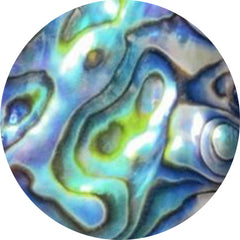 Abalone shell (122)
Abalone shell (122)
 Actinolite (1)
Actinolite (1)
 Affordable gemstones (17101)
Affordable gemstones (17101)
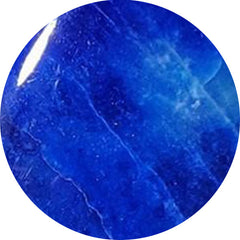 Afghanite (7)
Afghanite (7)
 Agate (2480)
Agate (2480)
 Agua nueva (11)
Agua nueva (11)
 All gemstones (1)
All gemstones (1)
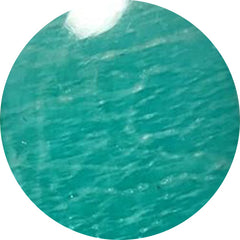 Amazonite (151)
Amazonite (151)
 Amber (110)
Amber (110)
 Amethyst (571)
Amethyst (571)
 Ametrine (22)
Ametrine (22)
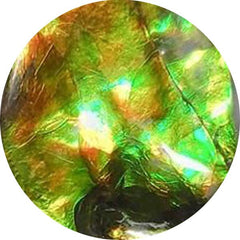 Ammolite (23)
Ammolite (23)
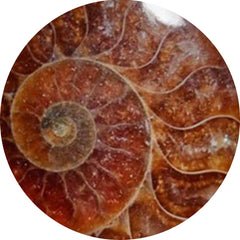 Ammonite (70)
Ammonite (70)
 Andalusite (1)
Andalusite (1)
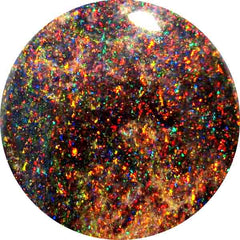 Andamooka opal (0)
Andamooka opal (0)
 Andesine (0)
Andesine (0)
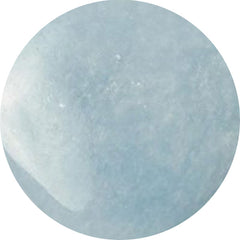 Angelite (28)
Angelite (28)
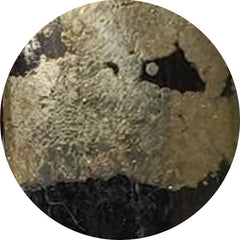 Apache gold (22)
Apache gold (22)
 Apatite (142)
Apatite (142)
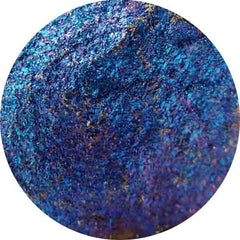 Apophyllite (1)
Apophyllite (1)
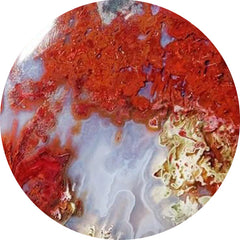 Apple valley agate (0)
Apple valley agate (0)
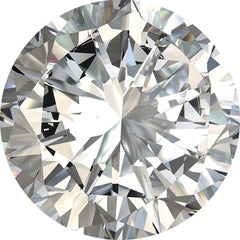 April birthstone (1851)
April birthstone (1851)
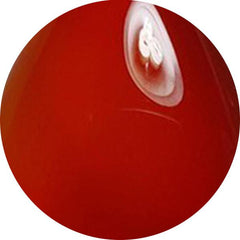 Aqeeq (0)
Aqeeq (0)
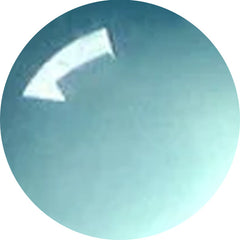 Aqua chalcedony (18)
Aqua chalcedony (18)
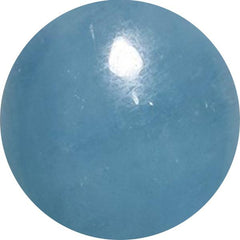 Aquamarine (77)
Aquamarine (77)
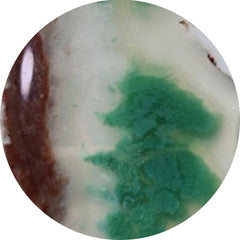 Aquaprase (64)
Aquaprase (64)
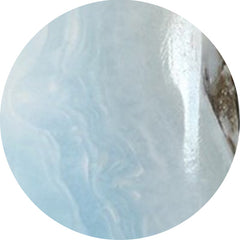 Aragonite (16)
Aragonite (16)
 Arfvedsonite (12)
Arfvedsonite (12)
 Aristolite (0)
Aristolite (0)
 Arizona turquoise (0)
Arizona turquoise (0)
 Arnioceras semicostatum fossil (0)
Arnioceras semicostatum fossil (0)
 Asteroid jasper (11)
Asteroid jasper (11)
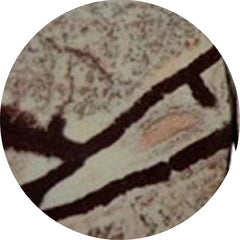 Astrophyllite (54)
Astrophyllite (54)
 Atlantasite (87)
Atlantasite (87)
 August birthstone (100)
August birthstone (100)
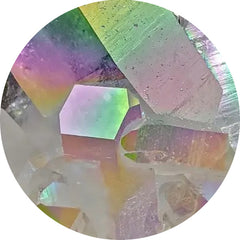 Aura quartz (0)
Aura quartz (0)
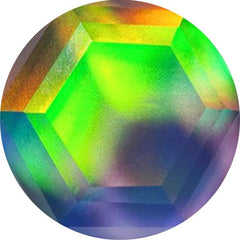 Aurora opal (314)
Aurora opal (314)
 Australian opal (24)
Australian opal (24)
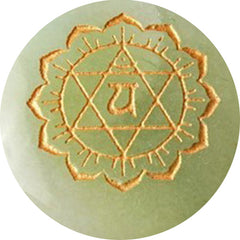 Aventurine (64)
Aventurine (64)
 Azurite (281)
Azurite (281)
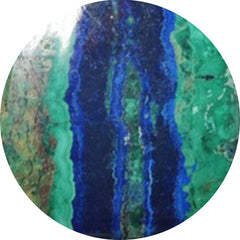 Azurite malachite (19)
Azurite malachite (19)
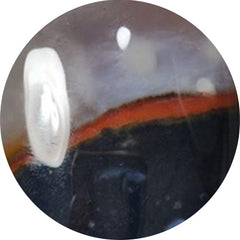 Banded agate (79)
Banded agate (79)
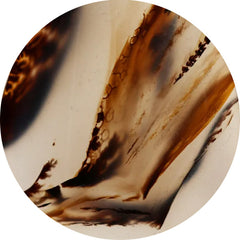 Barber agate (0)
Barber agate (0)
 Barite (13)
Barite (13)
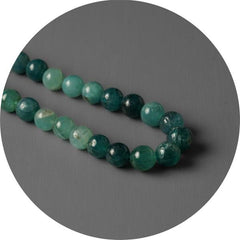 Beads (55)
Beads (55)
 Beer quartz (23)
Beer quartz (23)
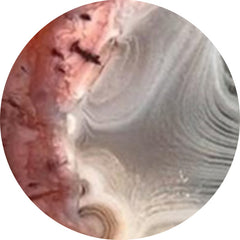 Berber agate (4)
Berber agate (4)
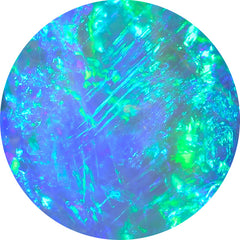 Best seller (0)
Best seller (0)
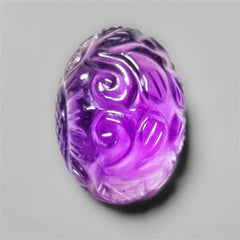 Bestsellers: a selection of our most-loved stones (445)
Bestsellers: a selection of our most-loved stones (445)
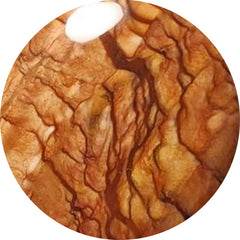 Biggs jasper (29)
Biggs jasper (29)
 Bird carving (104)
Bird carving (104)
 Bird eye jasper (45)
Bird eye jasper (45)
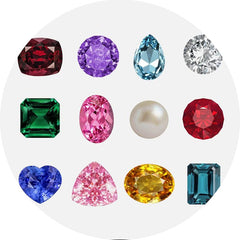 Birthstones (0)
Birthstones (0)
 Biwa pearl (34)
Biwa pearl (34)
 Black friday deals (41)
Black friday deals (41)
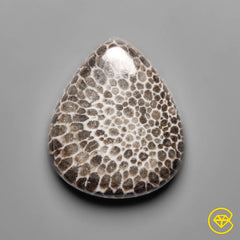 Black gemstones (967)
Black gemstones (967)
 Black onyx (180)
Black onyx (180)
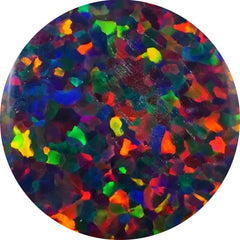 Black opal (57)
Black opal (57)
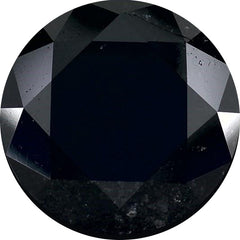 Black spinel (33)
Black spinel (33)
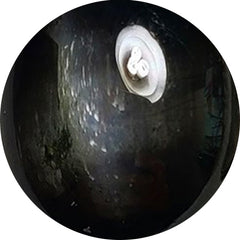 Black star (31)
Black star (31)
 Black tourmaline (77)
Black tourmaline (77)
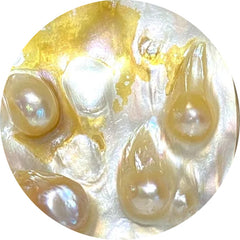 Blister pearl (30)
Blister pearl (30)
 Bloodshot iolite (77)
Bloodshot iolite (77)
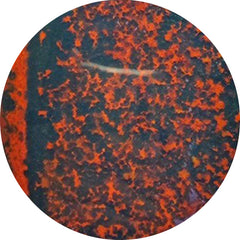 Bloodstone (66)
Bloodstone (66)
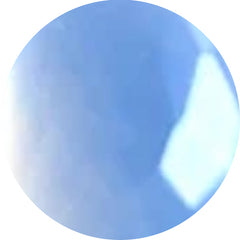 Blue chalcedony (41)
Blue chalcedony (41)
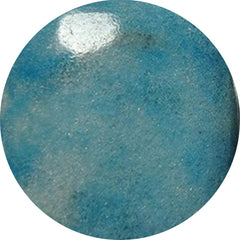 Blue diopside (0)
Blue diopside (0)
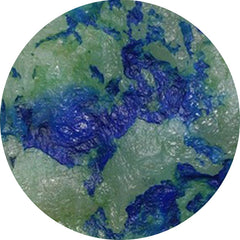 Blue horizon (15)
Blue horizon (15)
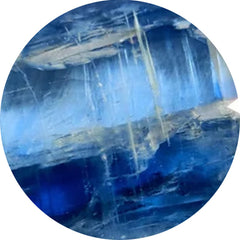 Blue kyanite (38)
Blue kyanite (38)
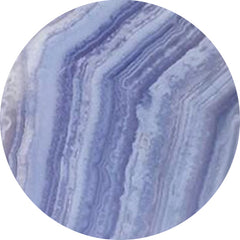 Blue lace agate (256)
Blue lace agate (256)
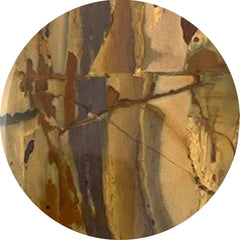 Blue mountain jasper (0)
Blue mountain jasper (0)
 Blue opal (151)
Blue opal (151)
 Blue quartz (40)
Blue quartz (40)
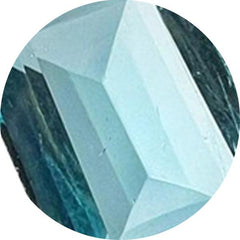 Blue topaz (52)
Blue topaz (52)
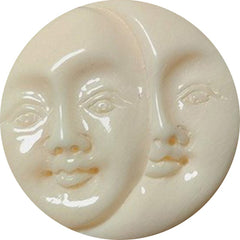 Bone (9)
Bone (9)
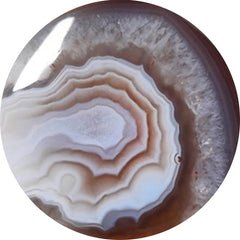 Botswana agate (244)
Botswana agate (244)
 Bronze (0)
Bronze (0)
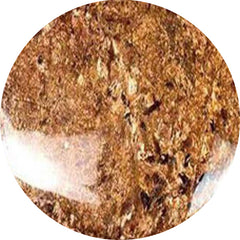 Bronzite (2)
Bronzite (2)
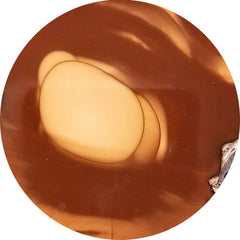 Bruneau jasper (15)
Bruneau jasper (15)
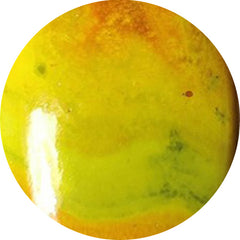 Bumble bee jasper (199)
Bumble bee jasper (199)
 Buy gemstones in usa (908)
Buy gemstones in usa (908)
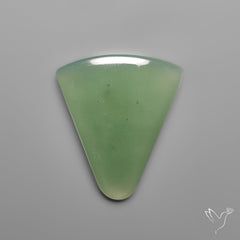 Cabochons (12841)
Cabochons (12841)
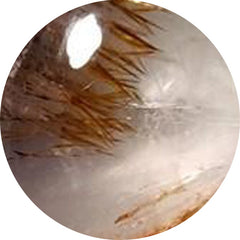 Cacoxenite (65)
Cacoxenite (65)
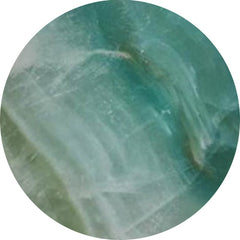 Calcite (220)
Calcite (220)
 Calibrated (138)
Calibrated (138)
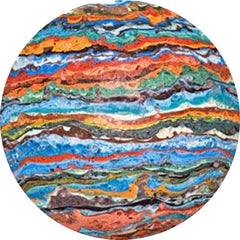 Calsilica (0)
Calsilica (0)
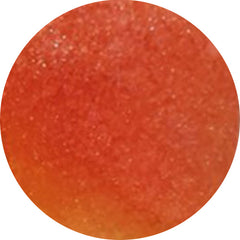 Candy corn (6)
Candy corn (6)
 Cantera opal (18)
Cantera opal (18)
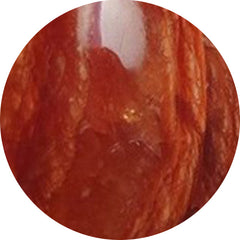 Caramel opal (2)
Caramel opal (2)
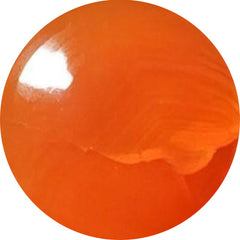 Carnelian (46)
Carnelian (46)
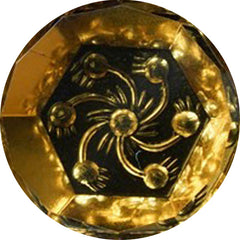 Carving (1781)
Carving (1781)
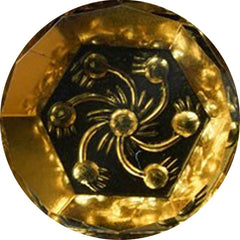 Carvings (2039)
Carvings (2039)
 Cats eye (61)
Cats eye (61)
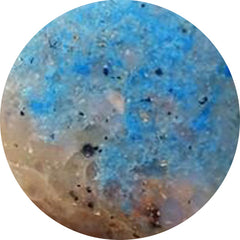 Cavansite (16)
Cavansite (16)
 Celestobarite (7)
Celestobarite (7)
 Ceruleite (0)
Ceruleite (0)
 Chakra stone (31)
Chakra stone (31)
 Chalcedony (444)
Chalcedony (444)
 Charoite (189)
Charoite (189)
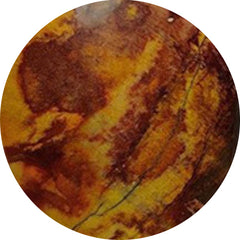 Cherry creek jasper (10)
Cherry creek jasper (10)
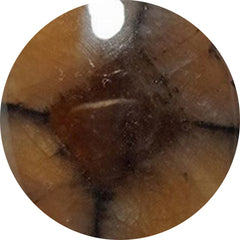 Chiastolite (16)
Chiastolite (16)
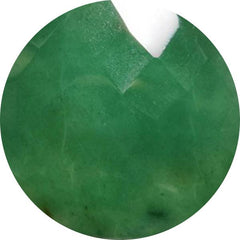 Chrome chalcedony (82)
Chrome chalcedony (82)
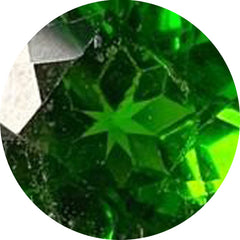 Chrome diopside (26)
Chrome diopside (26)
 Chrysanthemum fossil (0)
Chrysanthemum fossil (0)
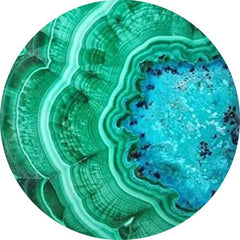 Chrysocolla (421)
Chrysocolla (421)
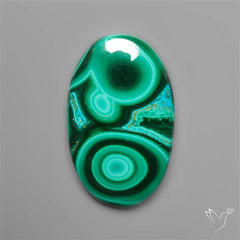 Chrysocolla malachite (76)
Chrysocolla malachite (76)
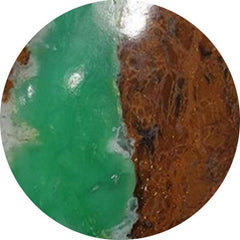 Chrysoprase (321)
Chrysoprase (321)
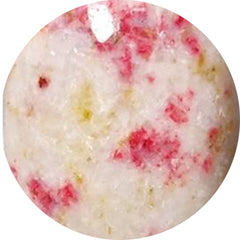 Cinnabar (14)
Cinnabar (14)
 Citrine (111)
Citrine (111)
 Cobalto calcite (66)
Cobalto calcite (66)
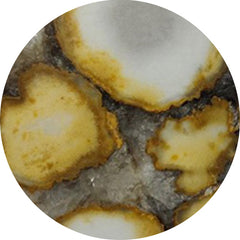 Cobra jasper (29)
Cobra jasper (29)
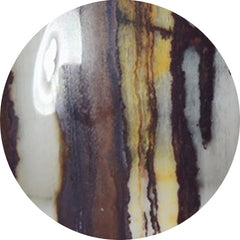 Coconut jasper (2)
Coconut jasper (2)
 Coffee bean jasper (2)
Coffee bean jasper (2)
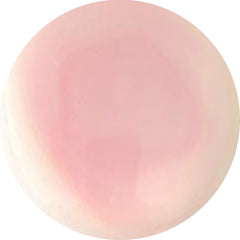 Conch shell (6)
Conch shell (6)
 Coppernite (0)
Coppernite (0)
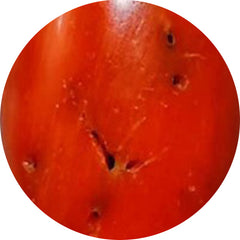 Coral (352)
Coral (352)
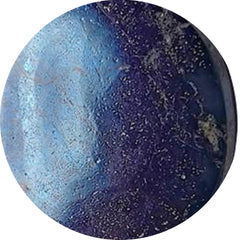 Covellite (4)
Covellite (4)
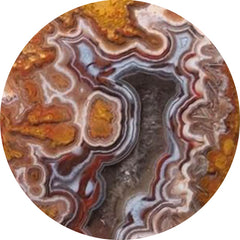 Crazy lace agate (187)
Crazy lace agate (187)
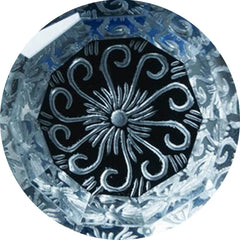 Crystal (204)
Crystal (204)
 Cuprite (26)
Cuprite (26)
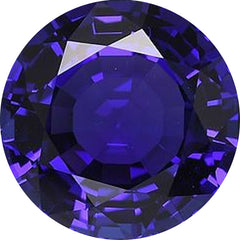 December birthstone (313)
December birthstone (313)
 Dendritic agate (442)
Dendritic agate (442)
 Dendritic opal (75)
Dendritic opal (75)
 Dendritic quartz (2)
Dendritic quartz (2)
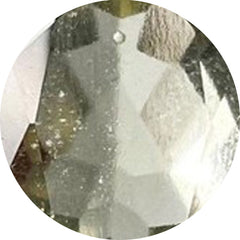 Desert glass (9)
Desert glass (9)
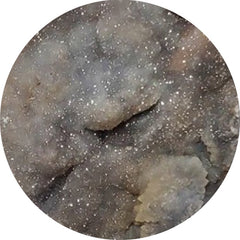 Desert jasper druzy (15)
Desert jasper druzy (15)
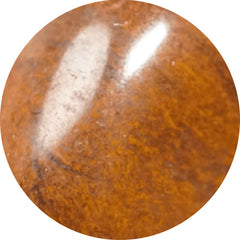 Desert sunset jasper (10)
Desert sunset jasper (10)
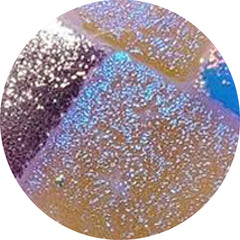 Dichroic glass (145)
Dichroic glass (145)
 Dinosaur bone fossil (3)
Dinosaur bone fossil (3)
 Diopside (60)
Diopside (60)
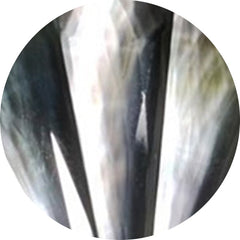 Doublets (876)
Doublets (876)
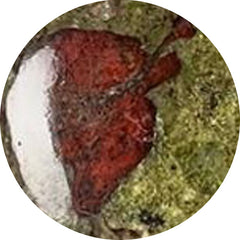 Dragonblood jasper (1)
Dragonblood jasper (1)
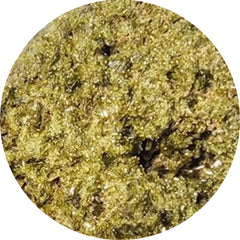 Druzy (419)
Druzy (419)
 Dumortierite (60)
Dumortierite (60)
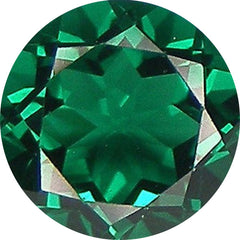 Emerald (63)
Emerald (63)
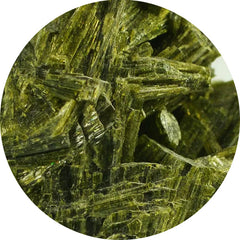 Epidote (10)
Epidote (10)
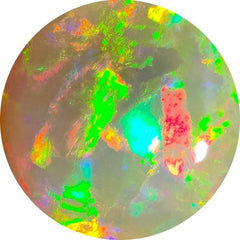 Ethiopian opal (122)
Ethiopian opal (122)
 Eudialyte (11)
Eudialyte (11)
 Faceted rose cut (2484)
Faceted rose cut (2484)
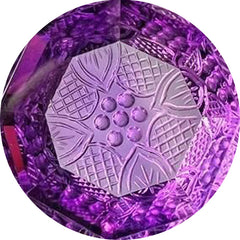 Fantasy cuts (52)
Fantasy cuts (52)
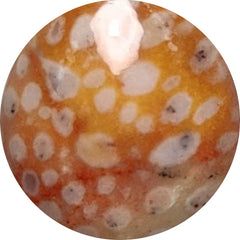 Fawn jasper (13)
Fawn jasper (13)
 Feather agate (0)
Feather agate (0)
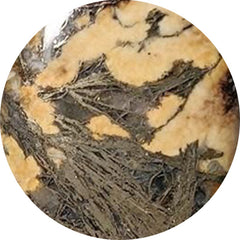 Feather pyrite (39)
Feather pyrite (39)
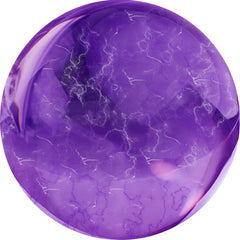 February birthstone (2843)
February birthstone (2843)
 Fine amethyst (32)
Fine amethyst (32)
 Fine ametrine (22)
Fine ametrine (22)
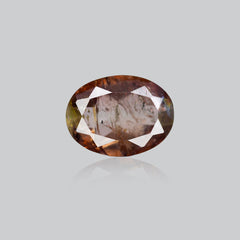 Fine andalusite (1)
Fine andalusite (1)
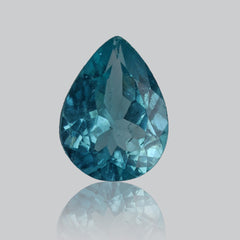 Fine apatite (5)
Fine apatite (5)
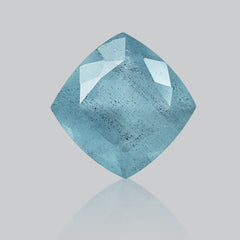 Fine aquamarine (8)
Fine aquamarine (8)
 Fine black opal (6)
Fine black opal (6)
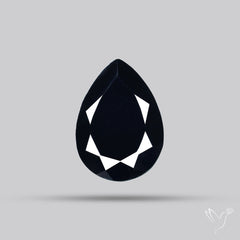 Fine black spinel (14)
Fine black spinel (14)
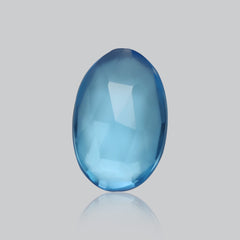 Fine blue topaz (30)
Fine blue topaz (30)
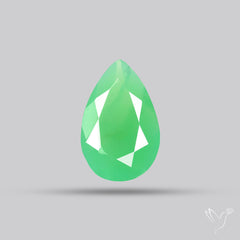 Fine chrysoprase (16)
Fine chrysoprase (16)
 Fine citrine (24)
Fine citrine (24)
 Fine emerald (11)
Fine emerald (11)
 Fine ethiopian opal (18)
Fine ethiopian opal (18)
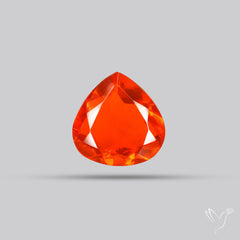 Fine fire opal (7)
Fine fire opal (7)
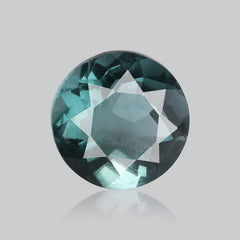 Fine fluorite (12)
Fine fluorite (12)
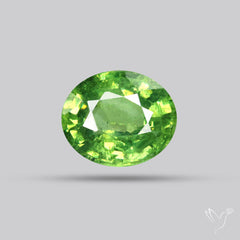 Fine garnet (37)
Fine garnet (37)
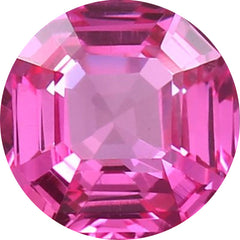 Fine gemstone (0)
Fine gemstone (0)
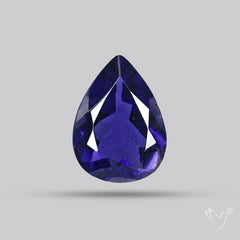 Fine iolite (31)
Fine iolite (31)
 Fine kyanite (28)
Fine kyanite (28)
 Fine lemon quartz (14)
Fine lemon quartz (14)
 Fine lepidocrocite (46)
Fine lepidocrocite (46)
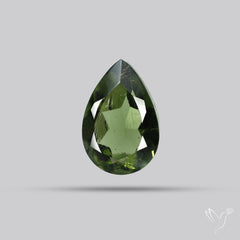 Fine moldavite (21)
Fine moldavite (21)
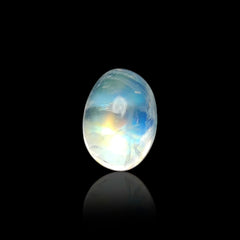 Fine moonstone (7)
Fine moonstone (7)
 Fine peridot (56)
Fine peridot (56)
 Fine prasiolite (26)
Fine prasiolite (26)
 Fine ruby (15)
Fine ruby (15)
 Fine rutilated quartz (19)
Fine rutilated quartz (19)
 Fine sapphire (7)
Fine sapphire (7)
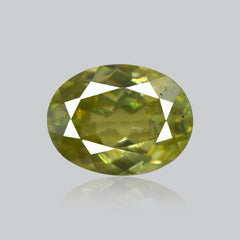 Fine sphene (17)
Fine sphene (17)
 Fine sunstone (79)
Fine sunstone (79)
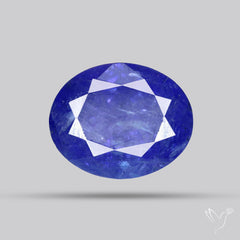 Fine tanzanite (50)
Fine tanzanite (50)
 Fine tourmaline (67)
Fine tourmaline (67)
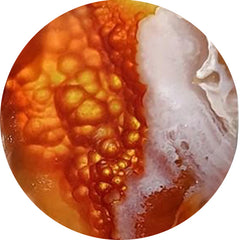 Fire agate (7)
Fire agate (7)
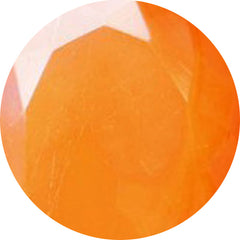 Fire opals (42)
Fire opals (42)
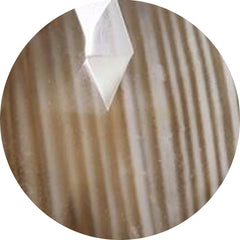 Flint stone (10)
Flint stone (10)
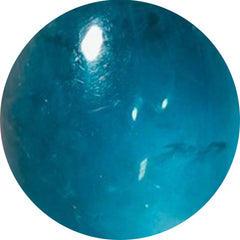 Fluorite (155)
Fluorite (155)
 Fordite (62)
Fordite (62)
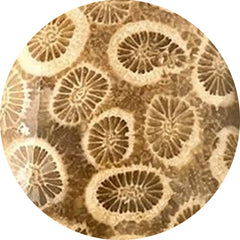 Fossil coral (320)
Fossil coral (320)
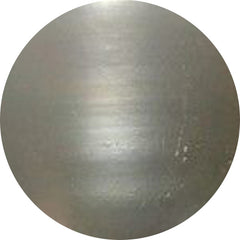 Fossil marston marble (20)
Fossil marston marble (20)
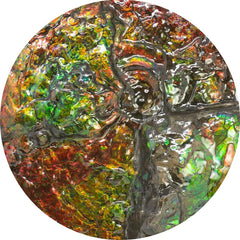 Fossils (513)
Fossils (513)
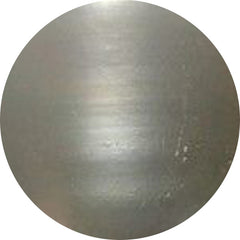 Freshwater pearl (22)
Freshwater pearl (22)
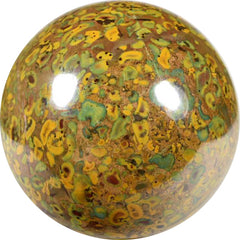 Fruit jasper (14)
Fruit jasper (14)
 Fuchsite (7)
Fuchsite (7)
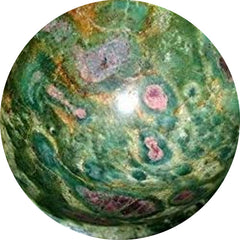 Fuschite (10)
Fuschite (10)
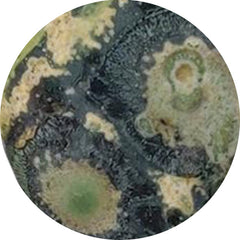 Galaxy jasper (9)
Galaxy jasper (9)
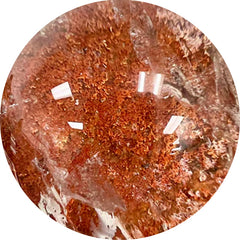 Garden quartz (6)
Garden quartz (6)
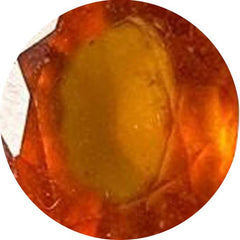 Garnet (125)
Garnet (125)
 Garnet in limestone (36)
Garnet in limestone (36)
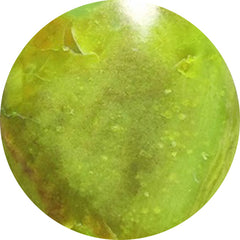 Gaspeite (12)
Gaspeite (12)
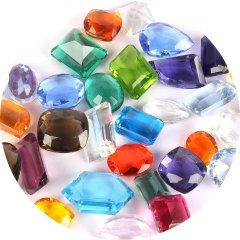 Gemstone lots (440)
Gemstone lots (440)
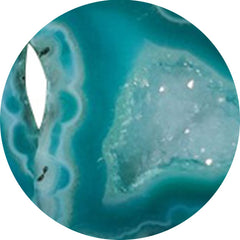 Geode (32)
Geode (32)
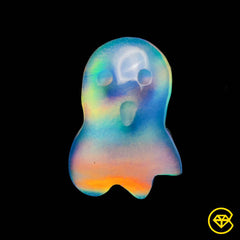 Ghost carving (57)
Ghost carving (57)
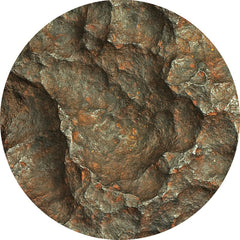 Gibeon meteorite (23)
Gibeon meteorite (23)
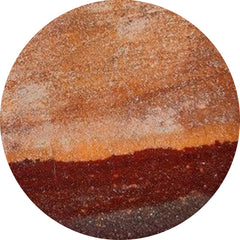 Gila monster agate (16)
Gila monster agate (16)
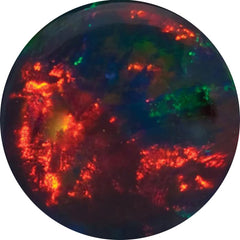 Gilson opal (22)
Gilson opal (22)
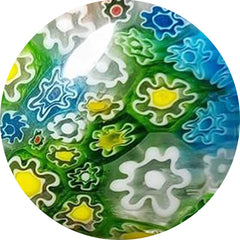 Glass (182)
Glass (182)
 Glow stone (12)
Glow stone (12)
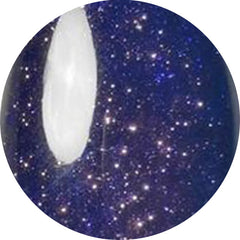 Goldstone (35)
Goldstone (35)
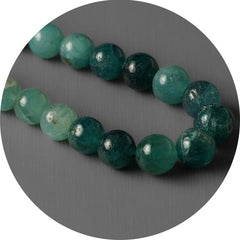 Grandidierite (7)
Grandidierite (7)
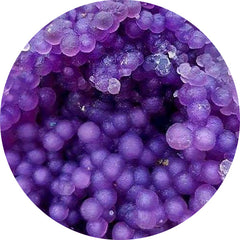 Grape agate (114)
Grape agate (114)
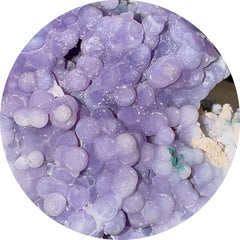 Grape chalcedony (4)
Grape chalcedony (4)
 Green gemstones (455)
Green gemstones (455)
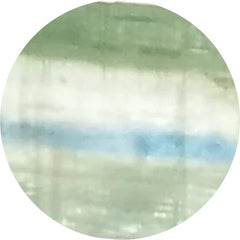 Green kyanite (7)
Green kyanite (7)
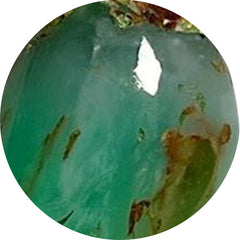 Green prase opal (8)
Green prase opal (8)
 Green tourmaline (24)
Green tourmaline (24)
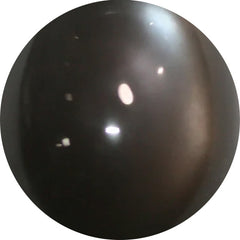 Grey moonstone (31)
Grey moonstone (31)
 Guava quartz (9)
Guava quartz (9)
 Hackmanite (11)
Hackmanite (11)
 Heart carving (350)
Heart carving (350)
 Heart shape gemstones (3)
Heart shape gemstones (3)
 Heliodor (0)
Heliodor (0)
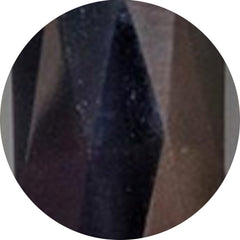 Hematite (37)
Hematite (37)
 Hemimorphite (54)
Hemimorphite (54)
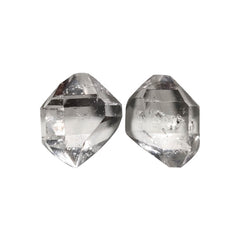 Herkimer diamond (38)
Herkimer diamond (38)
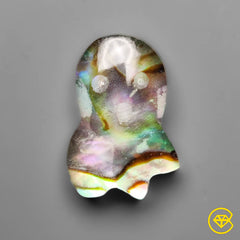 Himalayan quartz (440)
Himalayan quartz (440)
 Honey quartz (19)
Honey quartz (19)
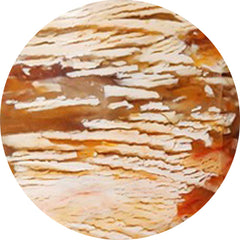 Howardite opal (29)
Howardite opal (29)
 Howlite (4)
Howlite (4)
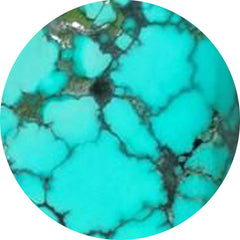 Hubei turquoise (53)
Hubei turquoise (53)
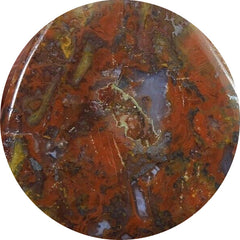 Hungarian agate (1)
Hungarian agate (1)
 Hypersthene (42)
Hypersthene (42)
 Ice quartz (1)
Ice quartz (1)
 Idocrase (1)
Idocrase (1)
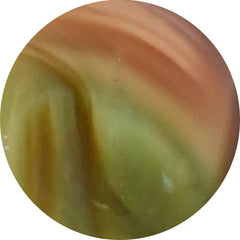 Imperial jasper (115)
Imperial jasper (115)
 Imperial topaz (0)
Imperial topaz (0)
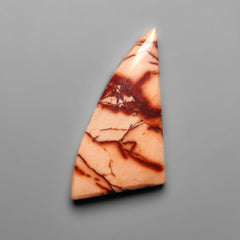 Indian paint stone (5)
Indian paint stone (5)
 Iolite (160)
Iolite (160)
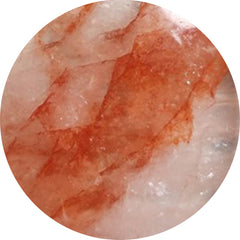 Iron quartz (48)
Iron quartz (48)
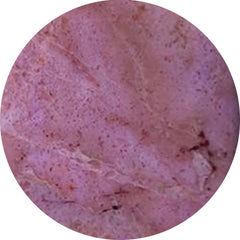 Jade (34)
Jade (34)
 January birthstone (451)
January birthstone (451)
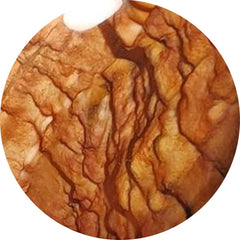 Jaspers (32)
Jaspers (32)
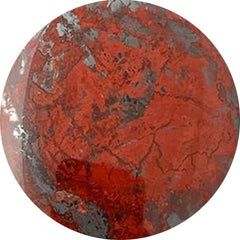 Jaspillite (3)
Jaspillite (3)
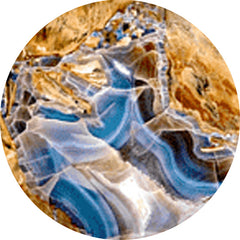 Java chalcedony (16)
Java chalcedony (16)
 July birthstone (551)
July birthstone (551)
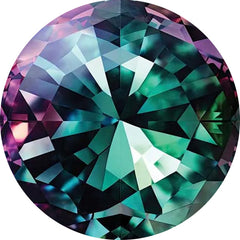 June birthstones: moonstone, pearl, and alexandrite (1061)
June birthstones: moonstone, pearl, and alexandrite (1061)
 K2 jasper (7)
K2 jasper (7)
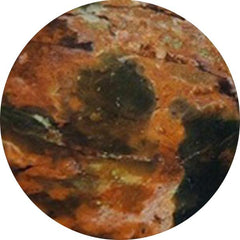 Kaleidoscope agate (0)
Kaleidoscope agate (0)
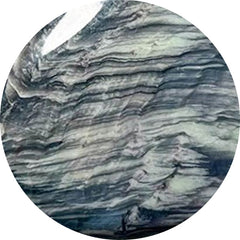 Kammererite (103)
Kammererite (103)
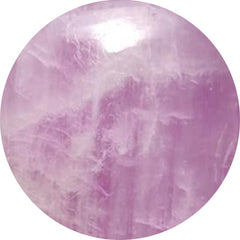 Kunzite (7)
Kunzite (7)
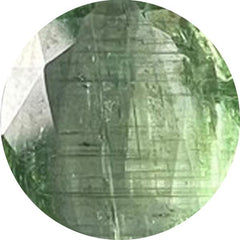 Kyanite (107)
Kyanite (107)
 Labradorite (278)
Labradorite (278)
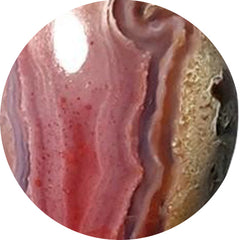 Laguna lace agate (60)
Laguna lace agate (60)
 Lake superior agate (25)
Lake superior agate (25)
 Landscape jasper (0)
Landscape jasper (0)
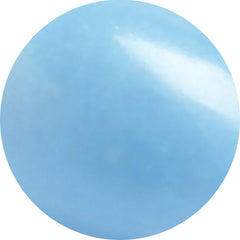 Langite (0)
Langite (0)
 Lapis lazuli (163)
Lapis lazuli (163)
 Larimar (125)
Larimar (125)
 Larsonite (17)
Larsonite (17)
 Larvikite feldspar (46)
Larvikite feldspar (46)
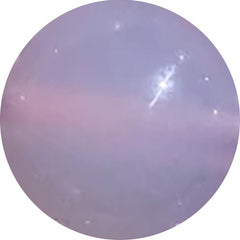 Lavender chalcedony (17)
Lavender chalcedony (17)
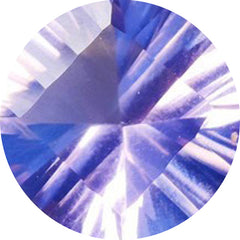 Lavender quartz (5)
Lavender quartz (5)
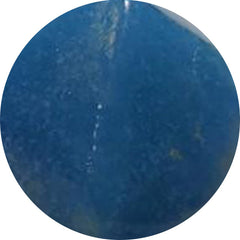 Lazulite (8)
Lazulite (8)
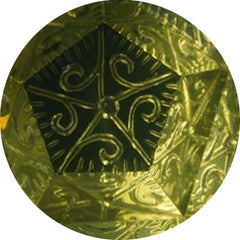 Lemon quartz (44)
Lemon quartz (44)
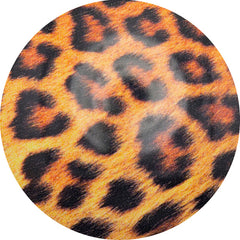 Leopard skin shell (0)
Leopard skin shell (0)
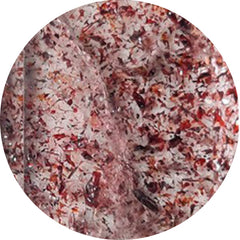 Lepidocrocite (55)
Lepidocrocite (55)
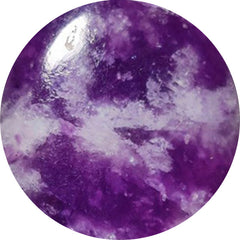 Lepidolite (82)
Lepidolite (82)
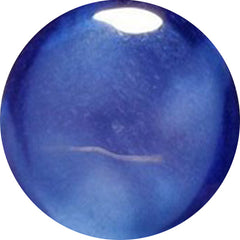 Lindy star sapphire (0)
Lindy star sapphire (0)
 Lizardite (55)
Lizardite (55)
 Lodolite (93)
Lodolite (93)
 London blue topaz (10)
London blue topaz (10)
 Malachite (577)
Malachite (577)
 Maligano jasper (71)
Maligano jasper (71)
 Marcasite (27)
Marcasite (27)
 March birthstone (1457)
March birthstone (1457)
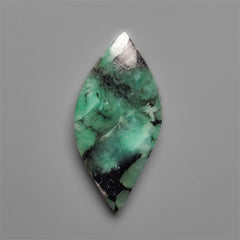 Marquise shape gemstones (5)
Marquise shape gemstones (5)
 Mary ellen jasper (0)
Mary ellen jasper (0)
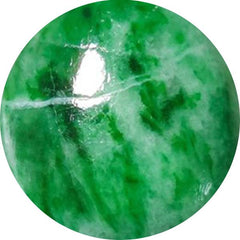 Maw sit sit (15)
Maw sit sit (15)
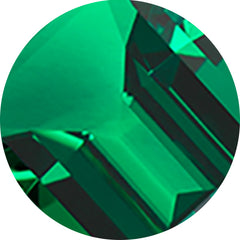 May birthstone (451)
May birthstone (451)
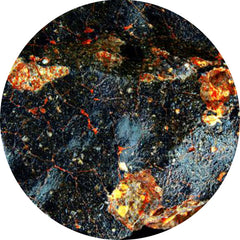 Meteorite (23)
Meteorite (23)
 Mica (45)
Mica (45)
 Midnight quartzite (20)
Midnight quartzite (20)
 Millefiori glass (2)
Millefiori glass (2)
 Mohave turquoise (57)
Mohave turquoise (57)
 Mohawkites (20)
Mohawkites (20)
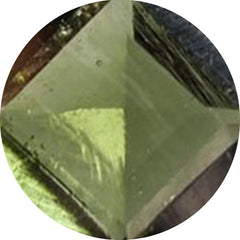 Moldavite (47)
Moldavite (47)
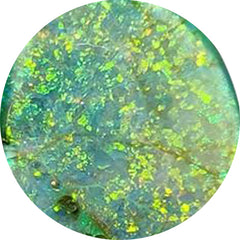 Monarch opal (29)
Monarch opal (29)
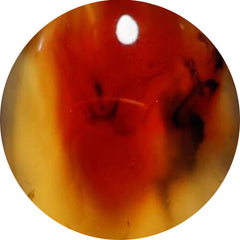 Montana agate (83)
Montana agate (83)
 Mookaite (39)
Mookaite (39)
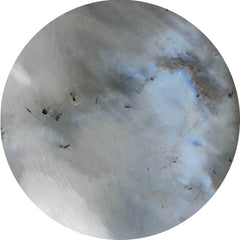 Moonstone (407)
Moonstone (407)
 Morado opal (1)
Morado opal (1)
 Morenci turquoise (39)
Morenci turquoise (39)
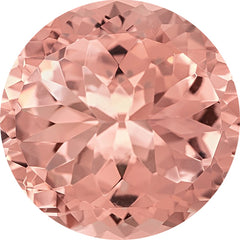 Morganite (0)
Morganite (0)
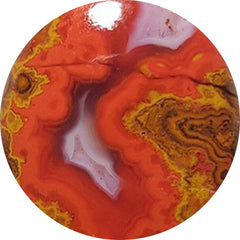 Moroccan seam agate (119)
Moroccan seam agate (119)
 Moss agate (386)
Moss agate (386)
 Mother of pearl (527)
Mother of pearl (527)
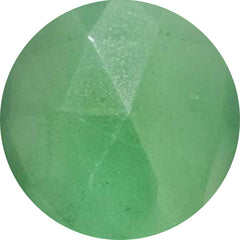 Mtorolite (46)
Mtorolite (46)
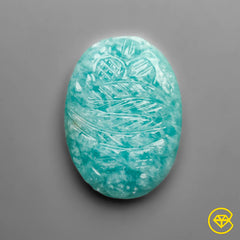 Mughal carving (475)
Mughal carving (475)
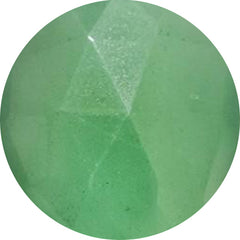 Muscovite (21)
Muscovite (21)
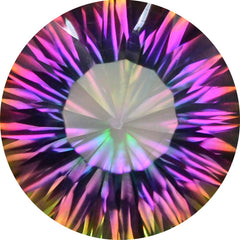 Mystic quartz (1)
Mystic quartz (1)
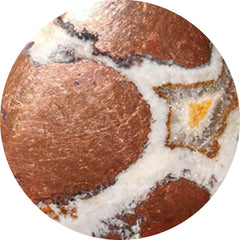 Native copper (39)
Native copper (39)
 Natrolite (26)
Natrolite (26)
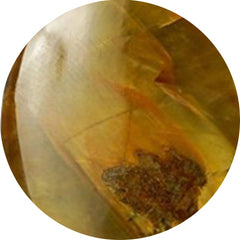 Nellite (6)
Nellite (6)
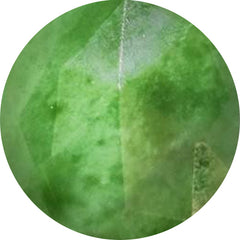 Nephrite jade (2)
Nephrite jade (2)
 New arrivals (254)
New arrivals (254)
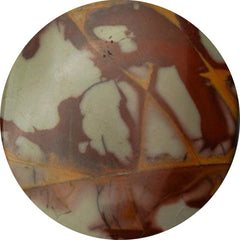 Noreena jasper (28)
Noreena jasper (28)
 November birthstone (166)
November birthstone (166)
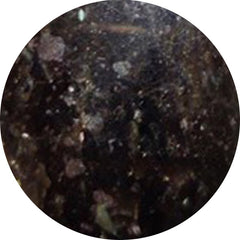 Nuummite (2)
Nuummite (2)
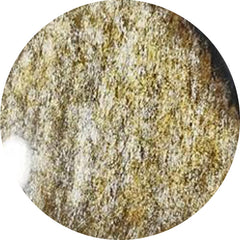 Obsidian (339)
Obsidian (339)
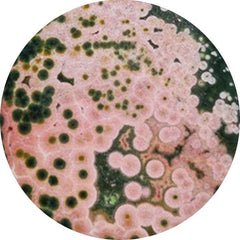 Ocean jasper (253)
Ocean jasper (253)
 October birthstone (1379)
October birthstone (1379)
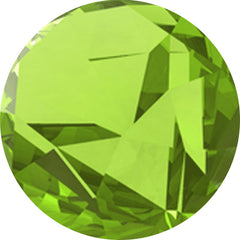 Olive quartz (5)
Olive quartz (5)
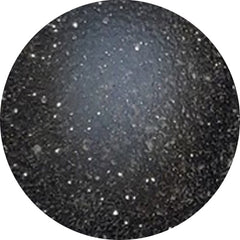 Onyx (287)
Onyx (287)
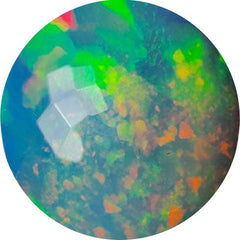 Opal (1150)
Opal (1150)
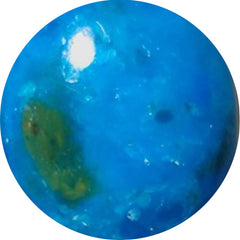 Opalina (11)
Opalina (11)
 Opalite (30)
Opalite (30)
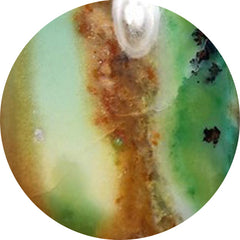 Opalwood (5)
Opalwood (5)
 Orange gemstones (371)
Orange gemstones (371)
 Orange kyanite (2)
Orange kyanite (2)
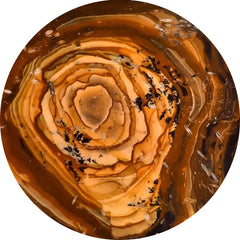 Oregon jasper (7)
Oregon jasper (7)
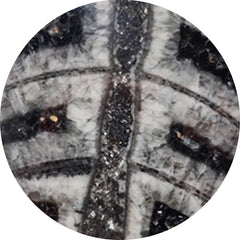 Orthoceras fossil (36)
Orthoceras fossil (36)
 Outback jasper (5)
Outback jasper (5)
 Oval shape gemstones (6)
Oval shape gemstones (6)
 Over $50 (505)
Over $50 (505)
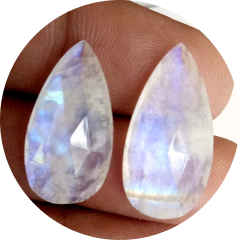 Pairs (950)
Pairs (950)
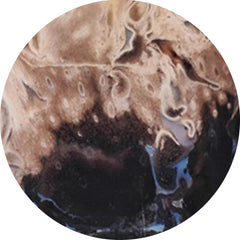 Palmroot agate (92)
Palmroot agate (92)
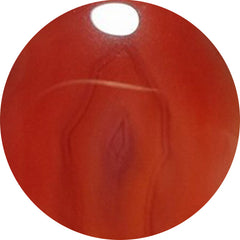 Passion agate (1)
Passion agate (1)
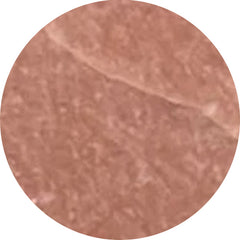 Peach moonstone (45)
Peach moonstone (45)
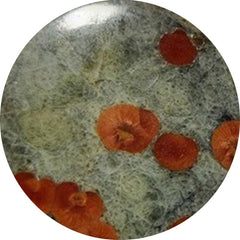 Peanut obsidian (40)
Peanut obsidian (40)
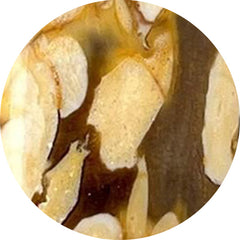 Peanut wood jasper (178)
Peanut wood jasper (178)
 Pear shape gemstones (9)
Pear shape gemstones (9)
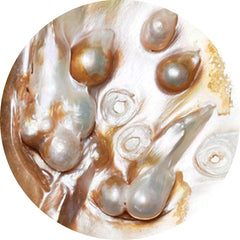 Pearl (654)
Pearl (654)
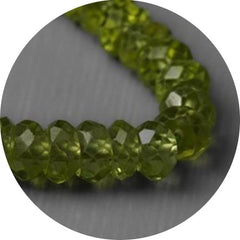 Peridot (67)
Peridot (67)
 Petalite (25)
Petalite (25)
 Petrified wood (55)
Petrified wood (55)
 Phosphosiderite (94)
Phosphosiderite (94)
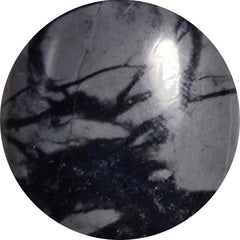 Picasso jasper (81)
Picasso jasper (81)
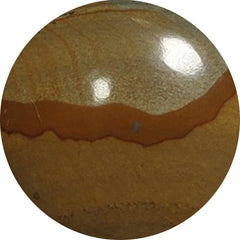 Picture jasper (81)
Picture jasper (81)
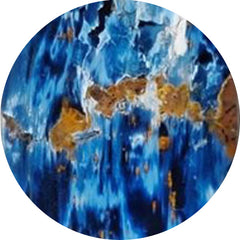 Pietersite (47)
Pietersite (47)
 Pink gemstones (473)
Pink gemstones (473)
 Pink opal (151)
Pink opal (151)
 Pink tourmaline (90)
Pink tourmaline (90)
 Pinolith (35)
Pinolith (35)
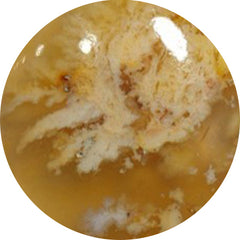 Plume agate (96)
Plume agate (96)
 Polka dot agate (42)
Polka dot agate (42)
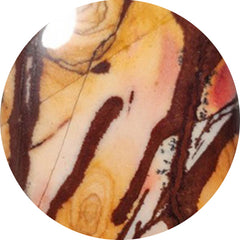 Polychrome jasper (42)
Polychrome jasper (42)
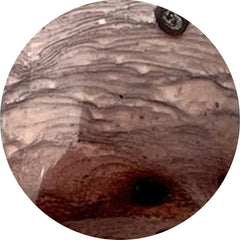 Porcelain jasper (30)
Porcelain jasper (30)
 Prasiolite (45)
Prasiolite (45)
 Prehnite (22)
Prehnite (22)
 Psilomelane (23)
Psilomelane (23)
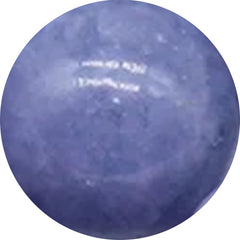 Purple chalcedony (45)
Purple chalcedony (45)
 Purpurite (7)
Purpurite (7)
 Pyrite (137)
Pyrite (137)
 Quartz (131)
Quartz (131)
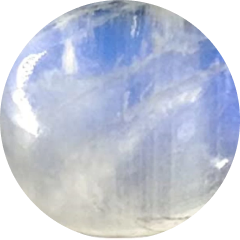 Rain moonstones (0)
Rain moonstones (0)
 Rainbow calcilica (11)
Rainbow calcilica (11)
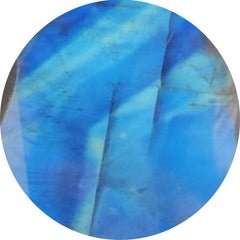 Rainbow moonstone (94)
Rainbow moonstone (94)
 Red coral (8)
Red coral (8)
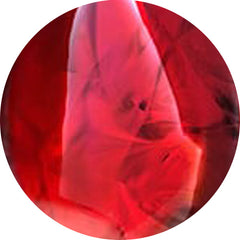 Red fossil (0)
Red fossil (0)
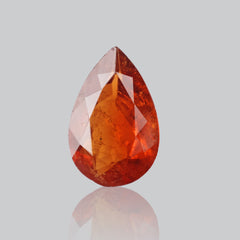 Red gemstones (370)
Red gemstones (370)
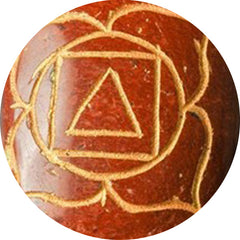 Red jasper (3)
Red jasper (3)
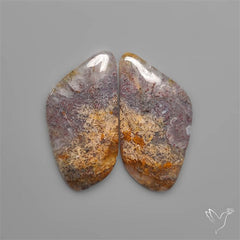 Red moss agate (76)
Red moss agate (76)
 Red river jasper (16)
Red river jasper (16)
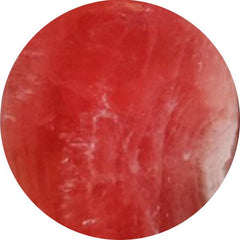 Rhodochrosite (404)
Rhodochrosite (404)
 Rhodonite (81)
Rhodonite (81)
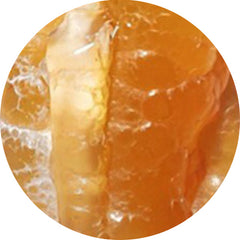 Rock chalcedony (2)
Rock chalcedony (2)
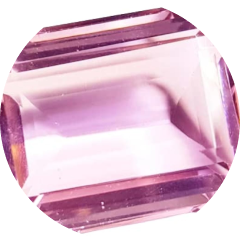 Rose cut gemstones (743)
Rose cut gemstones (743)
 Rose quartz (54)
Rose quartz (54)
 Rosita jasper (10)
Rosita jasper (10)
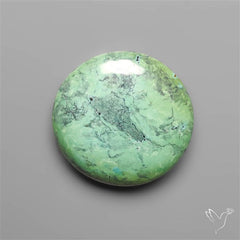 Round shape gemstones (6)
Round shape gemstones (6)
 Ruby (199)
Ruby (199)
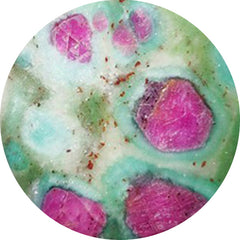 Ruby in fuchsite (6)
Ruby in fuchsite (6)
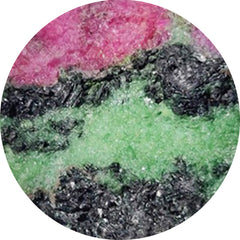 Ruby in zoisite (92)
Ruby in zoisite (92)
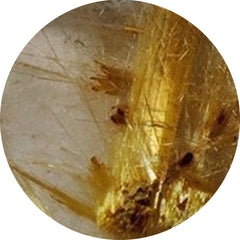 Rutilated quartz (263)
Rutilated quartz (263)
 Sage brush jasper (27)
Sage brush jasper (27)
 Sand dollar fossil (3)
Sand dollar fossil (3)
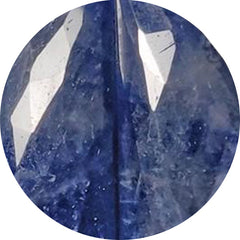 Sapphire (35)
Sapphire (35)
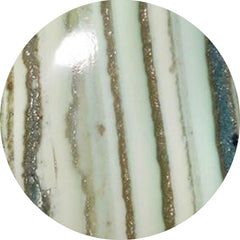 Saturn chalcedony (57)
Saturn chalcedony (57)
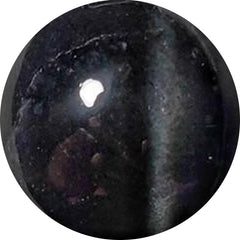 Scapolite (13)
Scapolite (13)
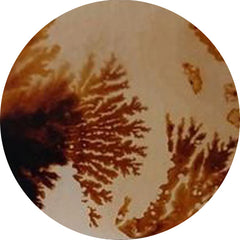 Scenic agate (99)
Scenic agate (99)
 Schalenblende (88)
Schalenblende (88)
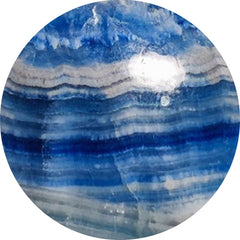 Scheelite (37)
Scheelite (37)
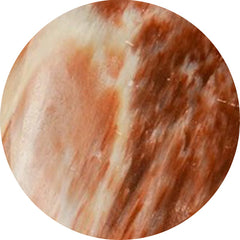 Scolecite (52)
Scolecite (52)
 Sea sediment jasper (0)
Sea sediment jasper (0)
 Selenite (13)
Selenite (13)
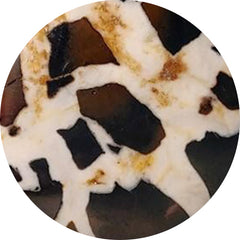 Septarian (92)
Septarian (92)
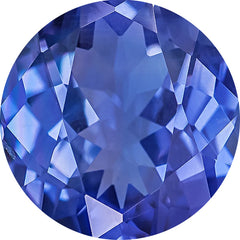 September birthstone (200)
September birthstone (200)
 Seraphinite (81)
Seraphinite (81)
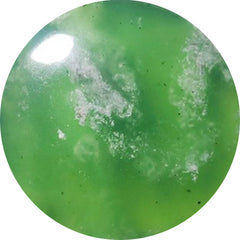 Serpentine (165)
Serpentine (165)
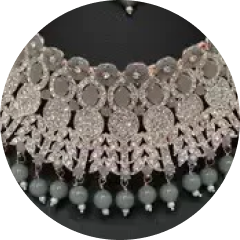 Sets (78)
Sets (78)
 Shattuckite (278)
Shattuckite (278)
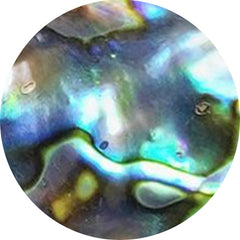 Shell (294)
Shell (294)
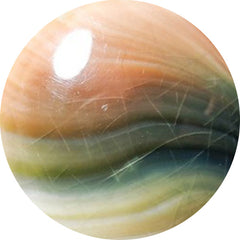 Shiva eye shell (46)
Shiva eye shell (46)
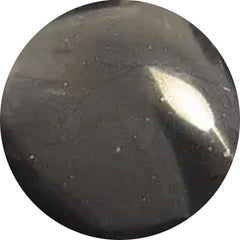 Shungite (4)
Shungite (4)
 Sieber agate (0)
Sieber agate (0)
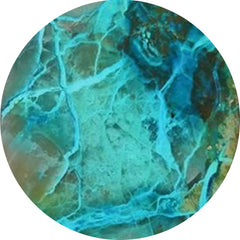 Silica (4)
Silica (4)
 Silver leaf jasper (6)
Silver leaf jasper (6)
 Sky blue topaz (6)
Sky blue topaz (6)
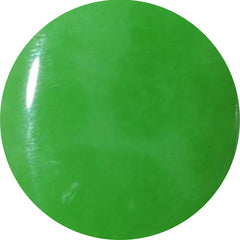 Smithsonite (29)
Smithsonite (29)
 Smoky quartz (23)
Smoky quartz (23)
 Snakeskin jasper (48)
Snakeskin jasper (48)
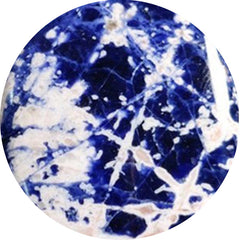 Sodalite (72)
Sodalite (72)
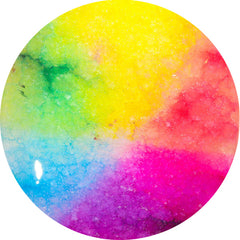 Solar agate (1)
Solar agate (1)
 Solar quartz (51)
Solar quartz (51)
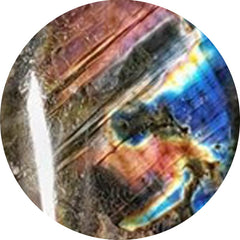 Spectrolite (122)
Spectrolite (122)
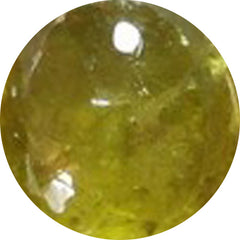 Sphence (25)
Sphence (25)
 Spiderweb jasper (1)
Spiderweb jasper (1)
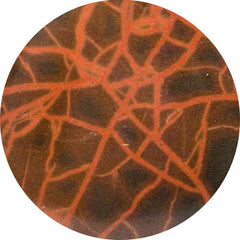 Spiderwoman jasper (0)
Spiderwoman jasper (0)
 Spiny oyster shell (66)
Spiny oyster shell (66)
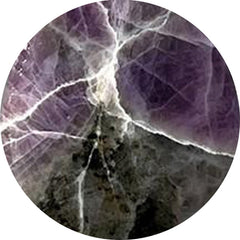 Spurrite (7)
Spurrite (7)
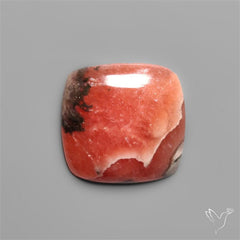 Square shape gemstones (10)
Square shape gemstones (10)
 Starburst (2)
Starburst (2)
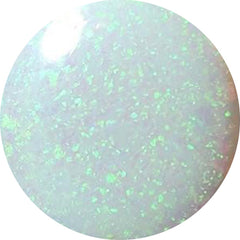 Sterling opal (11)
Sterling opal (11)
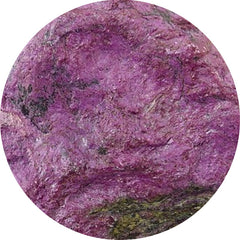 Stichtite (37)
Stichtite (37)
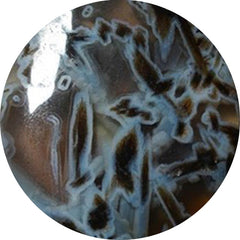 Stick agate (5)
Stick agate (5)
 Stitchtite (121)
Stitchtite (121)
 Stramatolite (0)
Stramatolite (0)
 Strawberry quartz (8)
Strawberry quartz (8)
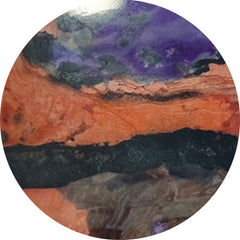 Sugilite (0)
Sugilite (0)
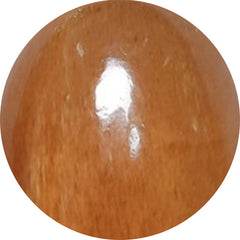 Sunstone (270)
Sunstone (270)
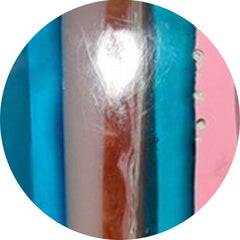 Surfite (1)
Surfite (1)
 Swiss blue topaz (32)
Swiss blue topaz (32)
 Swiss opal (3)
Swiss opal (3)
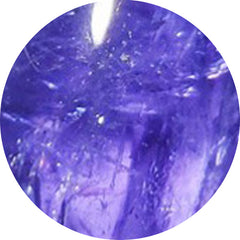 Tanzanite (51)
Tanzanite (51)
 Tanzurine (12)
Tanzurine (12)
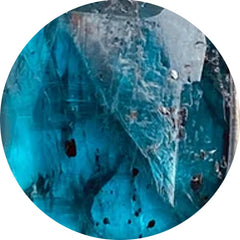 Teal kyanite (10)
Teal kyanite (10)
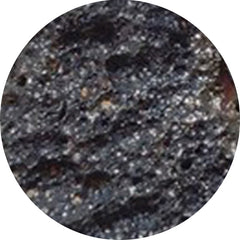 Tektite (42)
Tektite (42)
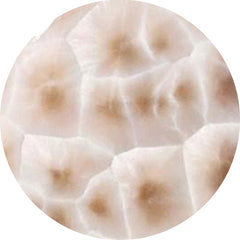 Thomsonite (35)
Thomsonite (35)
 Thulite (80)
Thulite (80)
 Thunder egg agate (0)
Thunder egg agate (0)
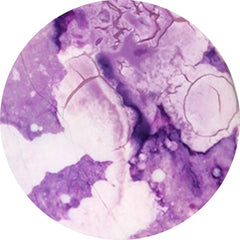 Tiffany stone (6)
Tiffany stone (6)
 Tiger eye (66)
Tiger eye (66)
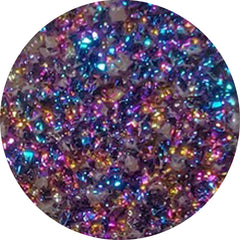 Titanium druzy (5)
Titanium druzy (5)
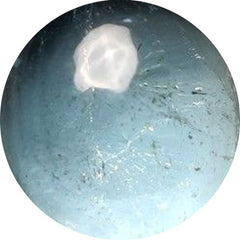 Topaz (56)
Topaz (56)
 Tourmaline (242)
Tourmaline (242)
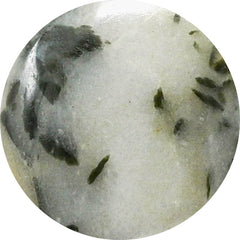 Tourmaline in quartz (86)
Tourmaline in quartz (86)
 Treated opal (59)
Treated opal (59)
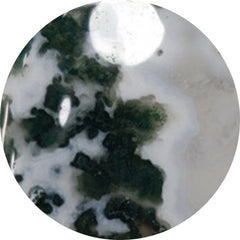 Tree agate (31)
Tree agate (31)
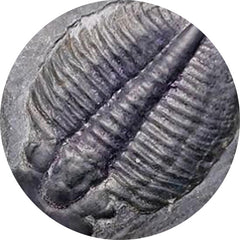 Trilobite fossil (18)
Trilobite fossil (18)
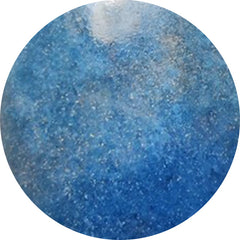 Trolleite quartz (30)
Trolleite quartz (30)
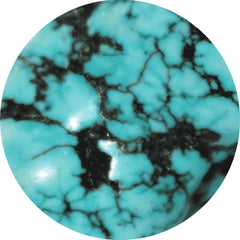 Tumbles (1)
Tumbles (1)
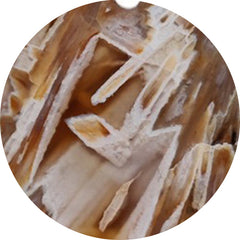 Turkish tube agate (62)
Turkish tube agate (62)
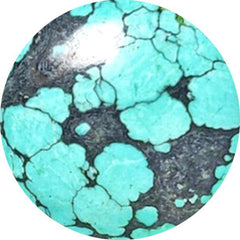 Turquoise (261)
Turquoise (261)
 Turritella jasper (3)
Turritella jasper (3)
 Tuxedo agate (64)
Tuxedo agate (64)
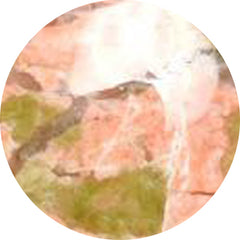 Unakite (3)
Unakite (3)
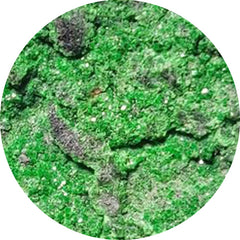 Uvarovite garnet (3)
Uvarovite garnet (3)
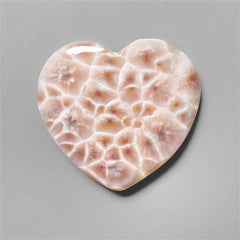 Valentine (802)
Valentine (802)
 Vanadinite druzy (9)
Vanadinite druzy (9)
 Variscite (137)
Variscite (137)
 Vesuvianite (1)
Vesuvianite (1)
 Video collection (264)
Video collection (264)
 Vivianite (1)
Vivianite (1)
 Volcanic cotham marble (7)
Volcanic cotham marble (7)
 Wagul jasper (3)
Wagul jasper (3)
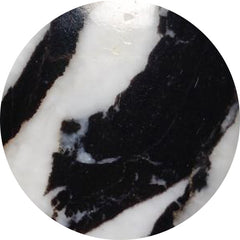 White buffalo turquoise (13)
White buffalo turquoise (13)
 White gemstones (1216)
White gemstones (1216)
 White horse canyon (45)
White horse canyon (45)
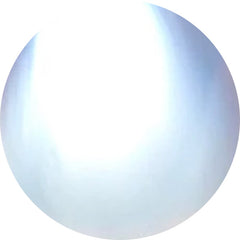 White moonstone (35)
White moonstone (35)
 White opal (11)
White opal (11)
 Wild horse jasper (116)
Wild horse jasper (116)
 Wild horse magnesite (49)
Wild horse magnesite (49)
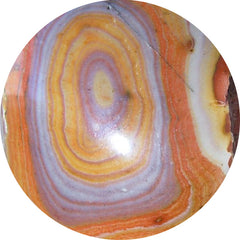 Wonder stone (0)
Wonder stone (0)
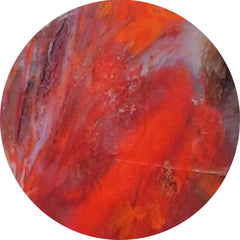 Wood (208)
Wood (208)
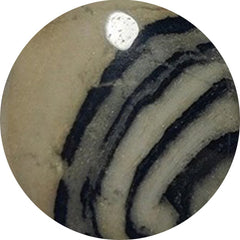 Yavapai travertine (0)
Yavapai travertine (0)
 Yellow gemstones (173)
Yellow gemstones (173)
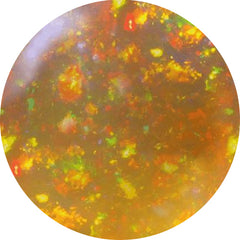 Yellow opal (7)
Yellow opal (7)
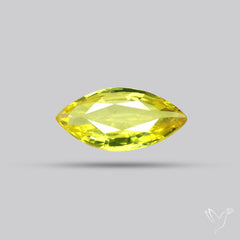 Yellow sapphire (6)
Yellow sapphire (6)
 Yemeni aqeeq (0)
Yemeni aqeeq (0)
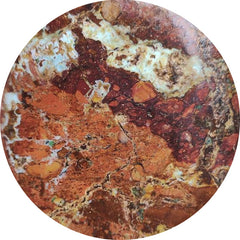 Zarinite (0)
Zarinite (0)
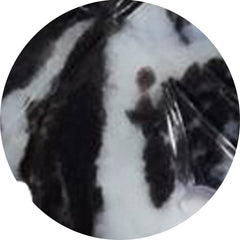 Zebra jasper (1)
Zebra jasper (1)
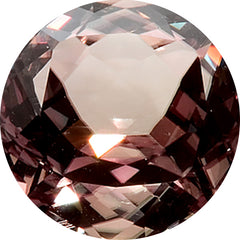 Zultanite (4)
Zultanite (4)





















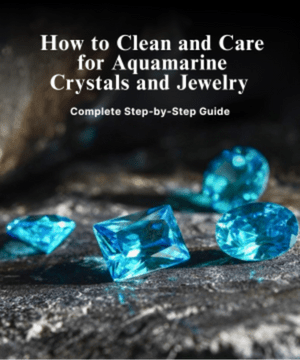
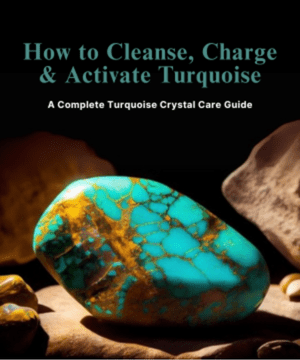

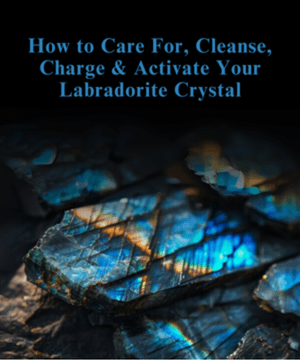
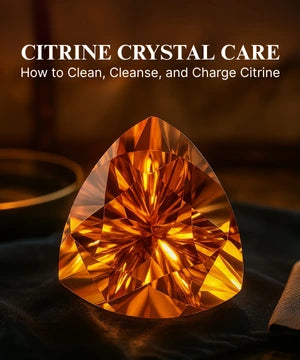
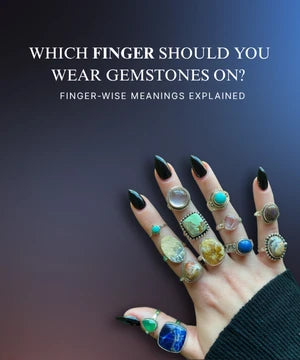




Leave a Comment